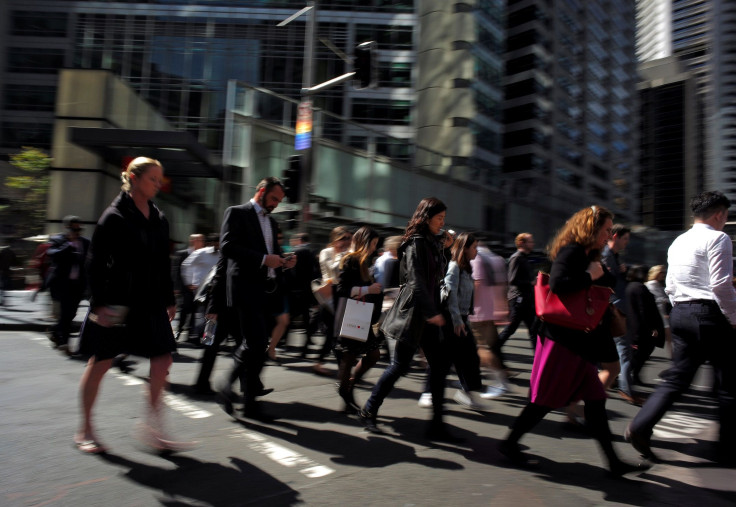The Australian states and industries with the strongest and lowest wage growth

Victoria has recorded the highest wage growth at 2.4 percent, while the Northern Territory saw the lowest wage growth for the year at 1.1 percent. Those working in the healthcare and education sectors saw the most buoyant pay rises over the year as miners found themselves at the bottom.
Victoria once again led the country in giving a pay rise to employees. New South Wales only managed to provide a 2.1 percent rise. Those working in the public sector in Victoria pocketed better pay rise, up 3.1 percent compared to 2.4 percent in NSW.
The recent wage growth surpassed expectations in the last three months of 2017, with the December quarter wage price index reaching 0.6 percent. Wages rose by 2.1 percent over the year on a seasonally adjusted basis. Private sector wages jumped 1.9 percent, while public sector wages climbed 2.4 percent.
Wages in the public sector, on the other hand, rose 2.4 percent. The Australian Bureau of Statistics said that it contributes to a total annual growth rate of 2.1 percent.
ABS data shows a wider gap between pay rates for individual industries over the year. Wage growth in the mining and resources industry was at 1.4 percent, the slowest over the year. Health care and social assistance saw wages growth of 2.6 percent. ABS Chief Economist Bruce Hockman said that the annual rate of wage growth has jumped for the second consecutive quarter reflecting falling unemployment and underemployment rates as well as job vacancy levels.
'Low wages for ages'
The December quarter wage price index beat economists’ expectations of a rise of 0.5 percent. Despite the improvement, wage growth appears to remain near historic lows. JP Morgan's Tom Kennedy has recognised that the annual rate of wages growth perked up, but the overall picture was: "Low wages for ages."
"Today's slight upside surprise came through the public sector, where wages rose 0.6 per cent over the quarter, outpacing the once-again underwhelming private side," the ABC reports Kennedy as saying. He cited weakness in construction and retail.
Employees struggle to pay electricity bills and parents face the rising cost of sending children to high school. Fuel price also rose by 10.4 percent. Australian Prime Minister Malcolm Turnbull said that the remainder of the proposed company tax cut would lead to wage growth as savings can be passed by companies to employees. Treasurer Scott Morrison also cited the tightening of the labour market.





















